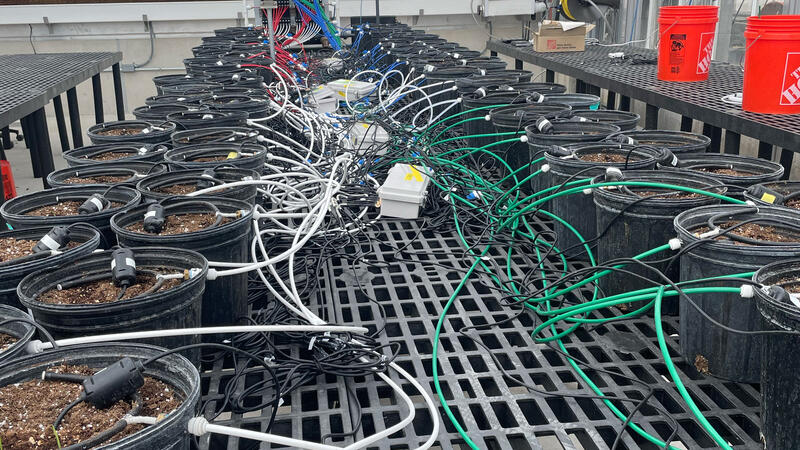News
Timing is everything: How drought affects switchgrass
EAST LANSING, Mich. – Michigan State University scientists have pinpointed a new source of nitrous oxide, a greenhouse gas that’s more potent than carbon dioxide. The culprit?
Tiny bits of decomposing leaves in soil.
Winter is no time to flower, which is why so many plants have evolved the ability to wait for the snow to melt before investing precious resources in blooms.
When Max Haase set out for a walk in Green Bay’s Baird Creek Nature Preserve on a May day in 2015, it was pretty normal stuff. Baird Creek was practically in his backyard, and it was a good day for a hike — sunny and unseasonably warm for so early in the UW–Madison biology major’s summer break.
If you want to create sustainable biofuels from less and for less, you’ve got a range of options. And one of those options is to go microbial, enlisting the help of tiny but powerful bacteria in creating a range of renewable biofuels and chemicals.
Technologies for converting non-edible biomass into chemicals and fuels traditionally made from petroleum exist aplenty. But when it comes to attracting commercial interest, these technologies compete financially with a petroleum-based production pipeline that has been perfected over the course of decades.
How healthy a plant matures depends on how well it grows during its early life stages, which is not a surprise to anyone who has raised children.
In the face of mounting pressure, like inconsistent temperature patterns or the burden to produce more for us due to the lack of new arable land, plant health might be taking a beating.
The Great Lakes Bioenergy Research Center (GLBRC), one of three bioenergy research centers established in 2007 by the Biological and Environmental Research program in the U.S. Department of Energy’s (DOE) Office of Science, recently published its 1,000th scientific paper.
MADISON — In the Microbial Sciences Building at the University of Wisconsin–Madison, the incredibly efficient eating habits of a fungus-cultivating termite are surprising even to those well acquainted with the insect’s natural gift for turning wood to dust.
If science classes at Bonduel Middle School had a rallying cry it would be, “Don’t expect to find the answers in the book!” And Lisa Sorlie, enthusiastic advocate of innovative classroom science, would definitely be holding the megaphone.
Kathryn Bloodworth’s passion for science is taking her places. The Persian Gulf country of Qatar, to be more specific.
Bloodworth started college as an early childhood education major but changed majors her sophomore year after her first day of biology.





